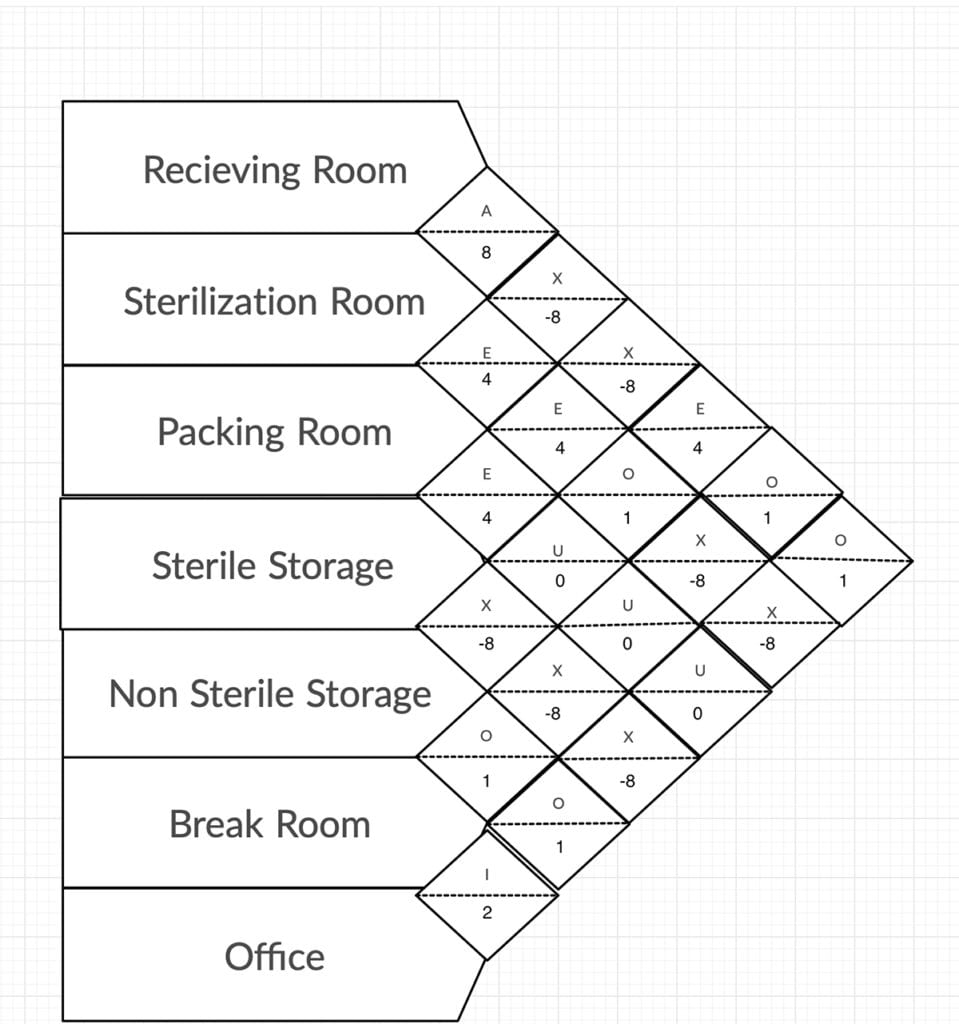COVID-19 inspires design projects for industrial and manufacturing engineering class.
With Cal Poly’s goal of graduating Day-One ready engineers in mind, College of Engineering professors have long incorporated current, real-world problems into their curriculum. In spring of 2020, that means class projects involving the one real-world problem on everyone’s mind: COVID-19.
Industrial engineering professor Mohamed Awwad, who is teaching a course in Facilities Planning and Design for seniors and graduate students (IME 443), said the pandemic is the logical focal point for the class.

“COVID-19 has given our projects this quarter an additional chance to have a broader and more significant impact on the community,” Awwad said. “Because the course is so flexible, I can make the material relevant to the dramatic situation we are in by using examples of particular processes that the students are seeing every day in the news.”
Awwad said students in IME 443 are now working on six pandemic-related projects, including designing facilities to build, test and repair ventilators, a drive-thru COVID-19 testing site, and a mobile lab to sterilize donated non-medical masks.
Catie Kerman, a fifth-year industrial engineering student from Santa Barbara who is one of five members on the mask sterilization facility team, said there are many aspects to the project.

“We were first presented with the problem that the cloth masks that people make and donate must be processed and sterilized in order for them to be distributed, and that hospitals don’t really have the equipment or time to do this,” Kerman said. “We expanded our scope to design a facility that would accept mask donations and also be a sort of ‘recycling center’ so masks that have been used are collected and returned to be sterilized again so they can be given out at hospitals and clinics.”
Kerman said the biggest challenge is to make the facility’s layout and processes efficient without sacrificing safety.

“We are designing a process where these masks won’t be contaminated, and where workers, volunteers and the end users are all kept safe,” she said. “Also, the urgency of the problem has been interesting to consider. We don’t have the luxury of time, so while it may be fun to speculate on custom-designed equipment and complex processes, going with practical solutions that can be up and running quickly with readily available materials is a priority for our team.”
One of the class priorities — making the plans available to the public — happens after the students submit their designs, Awwad said.
“The students will share their results, designs, and blueprints through an open-source website,” Awwad said. “The website will be divided into pages, each page dedicated to one project, and the entire website is dedicated to sharing the IME department’s response to the pandemic.”
Kerman said she wasn’t sure if the pandemic has made the course more relevant, but it has made her reflect positively on her engineering education.
“The pandemic has shown me that no matter how out of left field a problem is, how serious and frightening a situation is, the engineering methods and strategies we have learned can be applied to help solve the problem,” she said. “It’s taught me to have the same mindset and approach to problems that are very small and very big. It equalizes things in a way, this framework of problem solving. It keeps big problems from feeling too intimidating and small problems from feeling insignificant.”
In response to the COVID-19 pandemic, industrial engineering students are designing public facilities to deal with the virus. This is the first rendering of a Mask Sterilization Facility designed by IME students Catie Kerman, Anakalia Castro, Diana Dale, Annie Sampson and Madeline Schmidhauser.


